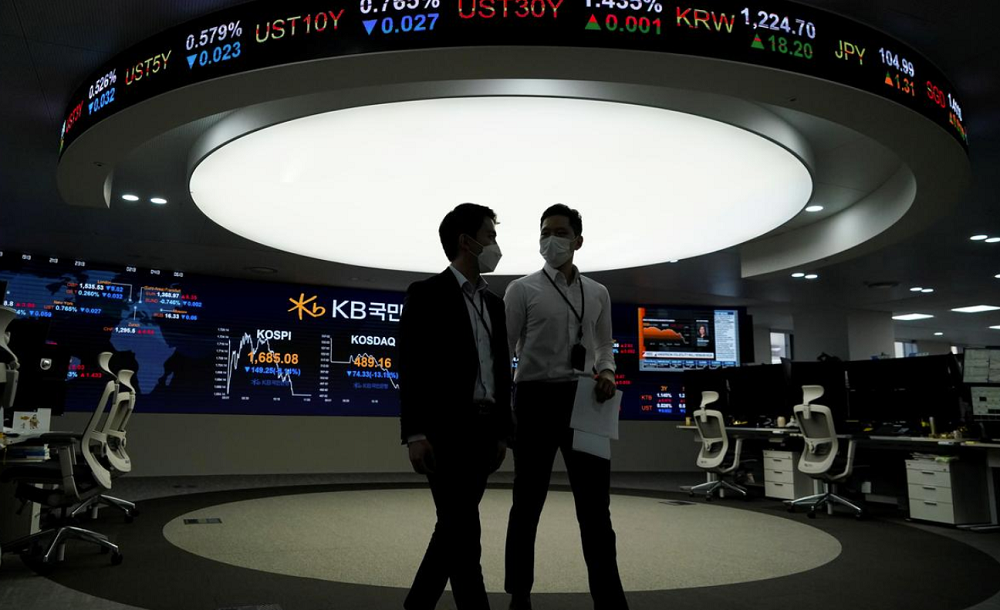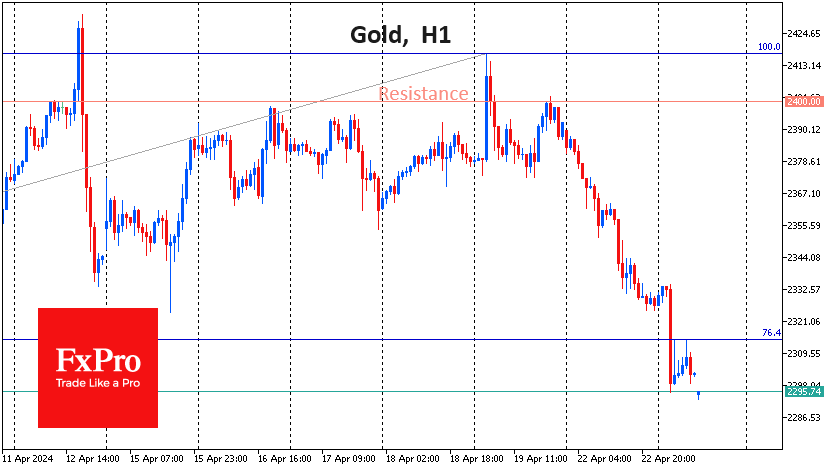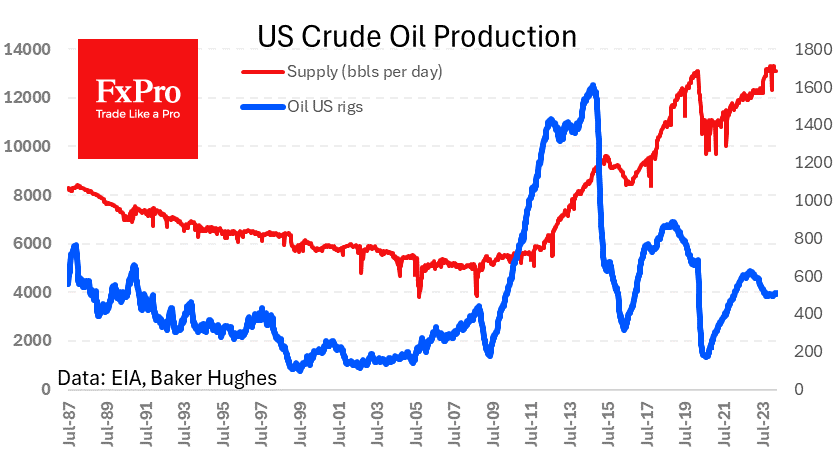Stimulus hopes pull stocks back from abyss
March 13, 2020 @ 12:22 +03:00
Stocks plunged on Friday with coronavirus panic selling hitting nearly every asset class, before finding some kind of floor as hopes turned to a U.S. stimulus package. European and U.S. stock futures traded in positive territory and some of Asia’s deepest losses were recovered by the end of a session, in which tight liquidity exaggerated moves.
Japan’s Nikkei fell 10% before paring the drop to close 6% lower. Australia’s S&P/ASX200 had its wildest trading day on record, falling past 8% before surging in the last minutes of trade to settle 4.4% higher after the close. MSCI’s broadest index of Asia-Pacific shares outside Japan wobbled 0.1% higher by late-afternoon after being down more than 5% during the morning. It remains set to end the week 11% lower, the biggest drop since 2008.
The turnaround came as central banks from the United States to Australia pumped liquidity into their financial systems and as hopes grew that U.S. Democrats and Republicans could pass a stimulus package on Friday. It was not clear if the late market moves signalled a recovery in the dire sentiment that has wiped some $14 trillion from world stocks in a month and had Asian markets in freefall at the open.
“It’s like a deja vu of what happened in 2008 but of course the reasons are very different. In 2008, the banks were broken, financial markets were frozen,” said Hou Wey Fook, chief investment officer at DBS Bank. “This time, there are some areas where liquidity has dried up like in bonds but not to the same extent as in 2008.”
Gold and oil had steadied, but the bond market still bore the scars of the morning’s widespread plunge after the Dow Jones posted its worst drop since the 1987 Black Monday crash. In the somewhat calmer currency markets, the dollar held its ground as investors nervous about systemic risks drove demand for the world’s reserve currency. Majors stabilised after furious dollar buying overnight, with the euro finding footing around $1.1200 and the Aussie recovering to $0.6300.
Emerging market currencies were punished: the won and baht dropped as far 1% and the rupiah 2%. The plunge, as the coronavirus pandemic spreads, gathered pace after U.S. President Donald Trump spooked investors with a move to restrict travel from Europe, and after the European Central Bank disappointed markets by holding back on rate cuts.
The VIX volatility index – Wall Street’s “fear gauge” – and an equivalent measure of volatility for the Euro Stoxx 50 .V2TX hit their highest since the 2008 financial crisis. In commodities, Brent cruderose 1.9% to $33.84 a barrel after falling more than 7% on Thursday. U.S. crude gained 2.4% to $32.26 per barrel.
Stimulus hopes pull stocks back from abyss, Reuters, Mar 13








